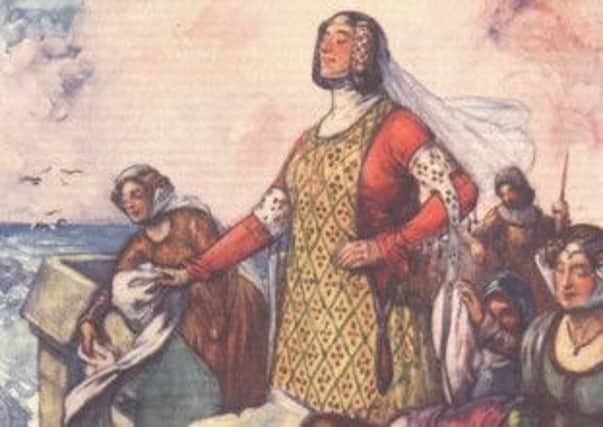Scottish fact of the week: Black Agnes


Black Agnes is an exception. So-called because of her unusual olive complexion and dark hair, Agnes (or Agnes Randolph, Countess of Dunbar and March as she was formally known) defended her home, Castle Dunbar, from a siege led by the Earl of Salisbury in 1338.
Agnes found herself under siege with minimal defences. Her husband, Patrick, 9th Earl of Dunbar and March, was fighting elsewhere, and she was thus only left with servants and a few guards. The siege was part of a much wider English-backed attempt to wrestle the Scottish crown from King David II.
Advertisement
Hide AdAgnes’ maids would dust the walls down with handkerchiefs after an attack to mock the earl. His troops would also be taunted to fight harder by Agnes, who ridiculed their efforts to take the castle. The final insult came when the earl drove a battering ram into the doors of the fortress, only to see it crushed by a boulder Agnes had dropped from above.
Not even blackmail worked. The earl had captured John Randolph, her brother, and had threatened to have him killed in front of the gates. Agnes told him to go ahead, reasoning that she would become heir to the Earldom of Moray after his death. The siege, which lasted almost five months, was called off in June as the earl ordered his soldiers to withdraw.
SEE ALSO